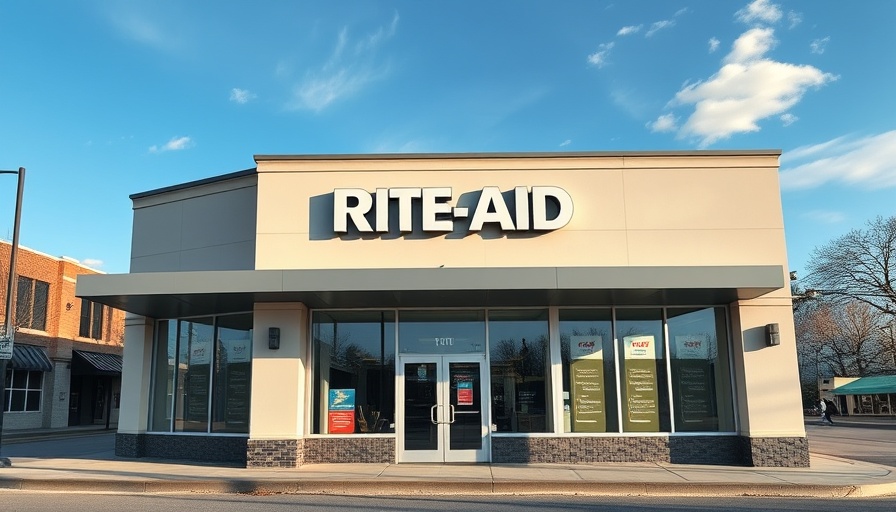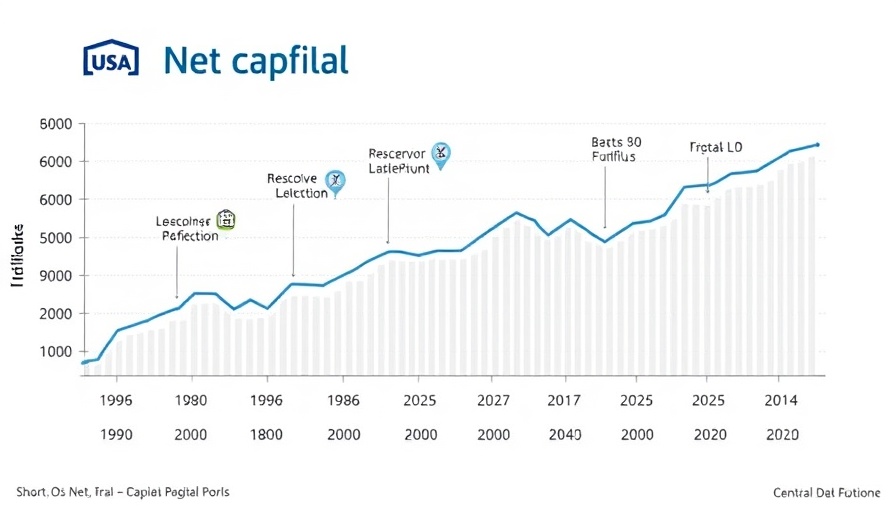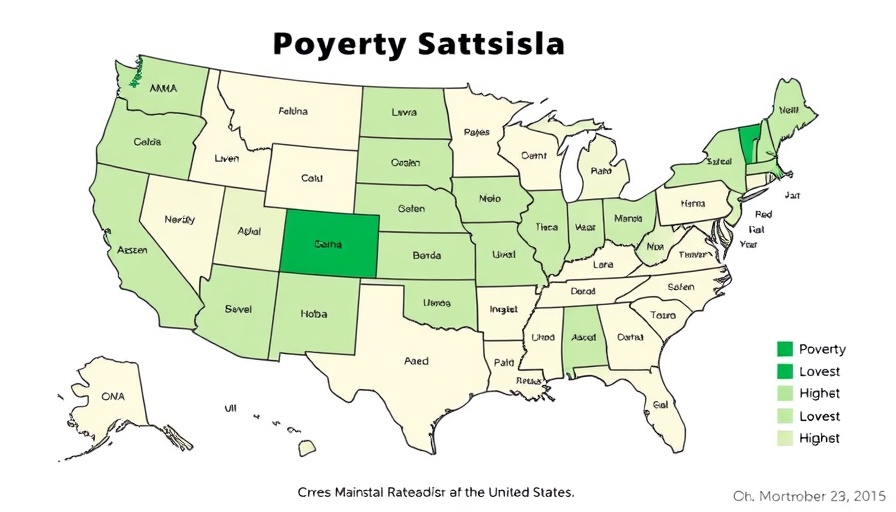
Rite Aid: A New Chapter in the Retail Pharmacy Landscape
Rite Aid, the Philadelphia-based pharmacy chain, has announced its decision to file for bankruptcy yet again, a move that will fundamentally reshape its operational strategy moving forward. The company has outlined a plan for a "strategic and value-maximizing sale process for substantially all of its assets," which is a pivotal shift aimed at restoring stability amid ongoing financial turmoil. The retail giant's decision to close its local headquarters and cut jobs underscores the economic pressures facing the business.
The Impacts of Bankruptcy on Local Employment
The wave of job cuts, particularly at Rite Aid's headquarters, serves as a stark reminder of the pressures retail businesses face today. With the evolving landscape of healthcare and pharmacy services, companies like Rite Aid are not only battling financial constraints but also the necessity to adapt to new consumer behaviors and technological advancements. As more consumers turn to online shopping and digital healthcare solutions, the traditional brick-and-mortar pharmacy model is increasingly challenged.
Future Predictions: What Lies Ahead for Rite Aid?
As Rite Aid embarks on this new strategic path, the future may hold a more streamlined company, potentially shedding its less profitable stores in favor of those that have a better alignment with market demands. This could set a precedent for other pharmacies facing similar issues, particularly smaller chains, that may find themselves evaluating their operational viability in the face of Rite Aid's restructuring.
Confronting Challenges in the Retail Pharmacy Sector
The decision to file for bankruptcy also signals deeper issues within the retail pharmacy sector, such as competition with larger players like CVS and Walgreens, along with the threat of generics and online pharmacies. Retailers must evolve by investing in technology and enhancing customer experience, which Rite Aid appears to acknowledge through its asset sale process.
Final Thoughts: What This Means for Philadelphia
For residents of Philadelphia, the implications of Rite Aid's bankruptcy stretch beyond corporate strategies; it raises concerns about local job availability and the overall health of the community's retail sector. As Rite Aid repositions itself, stakeholders must pay attention to how these changes influence the broader economic landscape.
 Add Row
Add Row  Add
Add 




Write A Comment